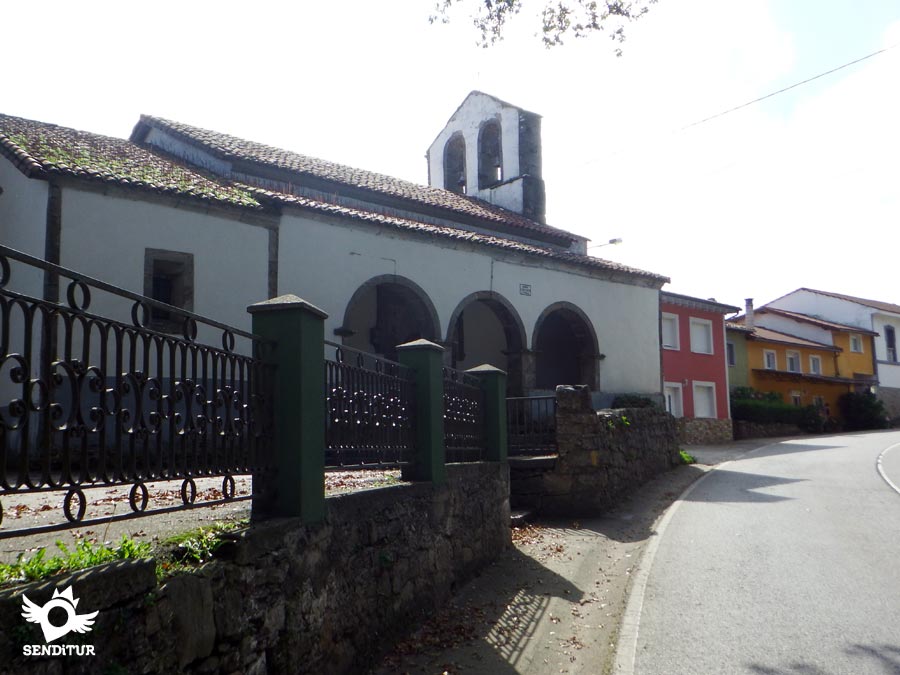It's a village that belongs to the parish of the same name in the council of Tineo and is located east of the town of Tineo. Megalithic culture, romanization, suevos and visigodos and as colophon the Primitive Way of Saint James have marked the history of this village of El Pedregal. The monks of the monastery of Courias, in Cangas del Narcea, governed this church which later became dependent on that of Tineo. El Pedregal was the land of rural feudal lords.

El Pedregal treasures noble houses and important buildings, witnesses of its illustrious past. The Begega palace dates back to the 17th century and is also known as the House of the Plain, the House of the Tower or the Hospital, because it served as a pilgrims' hospital. It is claimed to be located where the old pilgrims' hostel used to be, belonging to the House of Salas and later owned by the Begega family. The parish church of El Pedregal, dedicated to Saints Justo and Pastor, possibly built between the fifteenth and sixteenth centuries, conserves two seventeenth-century bells among other elements and next to it has a majestic carbayon centenary. In Fernández Colado's house there is an ancestral coat of arms. In the place known as El Humilladero, a stone cross on a pedestal, symbol of the primitive Jacobean route, was mentioned for the first time in the 17th century.

El Pedregal celebrates festivities, as in the whole council, on 29 June and 16 August. Also in the second fortnight of August it celebrates San Bartolomé.
There are still signs in some churches as to how far they could enter and what was the place that the vaqueiros had to occupy within the temples, because there was great discrimination between them and the villagers who occupied the area closest to the altar, the vaqueiros were placed in the farthest part, even in some places had to enter by different door. But in spite of everything, the vaqueiros de alzada were extremely religious and faithful believers and always contributed to the church with alms. The vaqueiros had a fervent tradition, their cattle were blessed by the Virgen Vaqueira, Virgen del Acebo.

Pilgrims, although there were inns, inns and road sales that were used by travellers, merchants and various people, preferred to go to welfare establishments designed for them.
You can get to El Pedregal by the regional road AS-216, which connects you with the nearby villages and with Tineo. In the opposite direction, it also joins the N-634, in La Espina, which connects it with Salas.
El Pedregal has a bus stop that connects Oviedo-Pola de Allande and Oviedo-Grado with Oviedo and other capitals of surrounding councils and towns in the area.
SENDITUR is not responsible for any variation in the information described, as well as for the misuse of its guides and recommends that everyone be responsible and prudent in carrying out the activity. Likewise, we invite you to document yourself with books and specialized guides to complement the information described. From the commitment of SENDITUR with Nature and the respect to the balance of the environment, SENDITUR urges you to travel in a responsible way, with low environmental impact and respecting at all times the Natural, Cultural and Social environment wherever you go. For any suggestion, SENDITUR invites you to send an email to
Continue watching …